| Back to Back Issues Page | ||||||||||||||
 |
||||||||||||||
|
[Tomato Dirt #193] How to Choose Best Tomato Varieties for Your Garden January 02, 2020 |
||||||||||||||
Tomato Dirt Newsletter
|
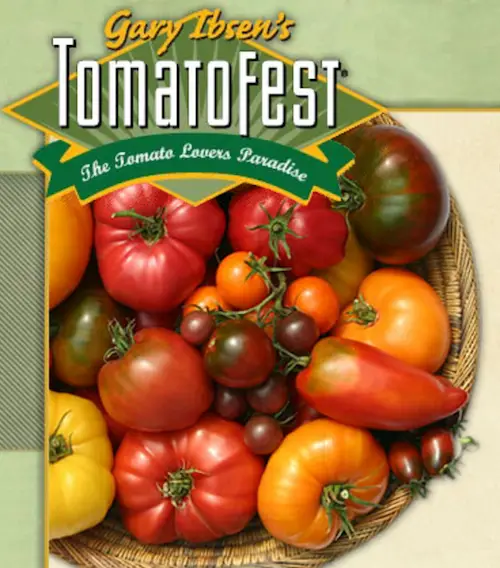 |
Choose from 418 favorite heirloom tomato varieties and tomato seed collections – up to 50% off regular retail prices during this once-a-year sale at TomatoFest.
Tomato seeds will last 3-5 years!
And TomatoFest guarantees its seeds.
Visit the TomatoFest store now to get best selection.
Tomato Dirt is on Pinterest
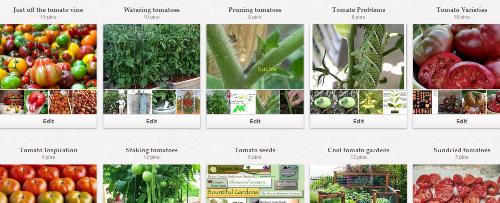 |
FEATURE: How to Choose Best Tomato Varieties for Your Garden
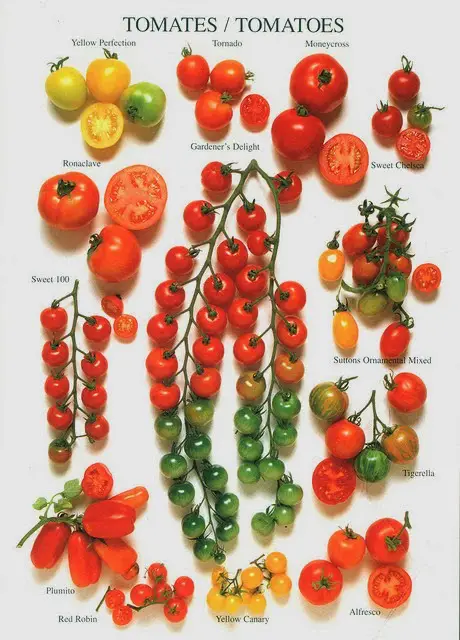 |
Image: Alternative Energy Gardning |
Great question. There’s not a universal answer. But there’s a way you can find out.Here’s the dirt: a type of tomato that flourishes for you in your garden maybe a bust for your cousin two states away.
That’s because different climates (even those with slight variations in temperature, rainfall, and air quality) and different soils produce different growing patterns from the same tomato variety.
Take these steps to find out which tomatoes will thrive best where you live.
- Understand your region’s
vulnerabilities.
The first step is to find out which tomatoes are most successfully grown in your area. Ask local nursery owners, post a question on a local master gardener forum, or call your extension office to learn the names of favorite tomato varieties among local gardeners. While you’re at it, you can also ask them which varieties stay the healthiest and most disease-resistant in local gardens. - Understand disease resistant codesWhen a cultivar has been developed that is tested and confirmed to be resistant to a particular disease, it is given a designated letter (after its variety name) donating that disease. Multiple letters after a tomato variety name indicate that that type of tomato is resistant to more disease (all those indicated by the letters listed.) So the codes are a helpful tools in your hunt for best tomato varieties for your garden.
- Understand and Use a Tomato Disease Resistance TableOnce you know what tomato diseases are especially prevalent in your area and how those diseases are notated, you’re ready to find out which tomato varieties are going to work for you. Look in an information bank which lists tomato diseases and corresponding tomato varieties that are resistant to those diseases.
Learn more about choosing best tomato varieties that will work best in your garden …
… and get more ideas for tomato varieties on our Tomato Varieties Pinterest Board.
Best Tips for Growing Tomatoes: Bestseller in 89 Countries
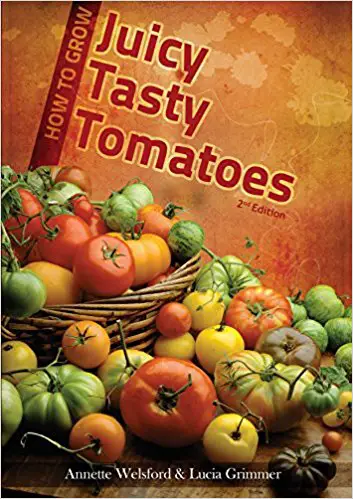 |
Two horticulturalists combine forces to give you advice about the right way to prune, fertilize, water and stake tomatoes. You’ll be able to diagnose pest and disease problems using step by step priceless information, illustrated with 260 full color photos.
Get the book and you’ll also get 6 free bonuses, including the Family Tomato Cookbook and a database of 1300 varieties of tomatoes.
Year-End Clearance Deals from Gardener’s Supply up to 77% off
Get some great gardening deals now just as one season ends and another begins. Our good friends at Gardener’s Supply are offering clearance items and new season early bird deals to Tomato Dirt readers. Browse their sale marketplace for great deals before the growing season rush.Tomato Growing Tip: Check Disease Resistance Codes
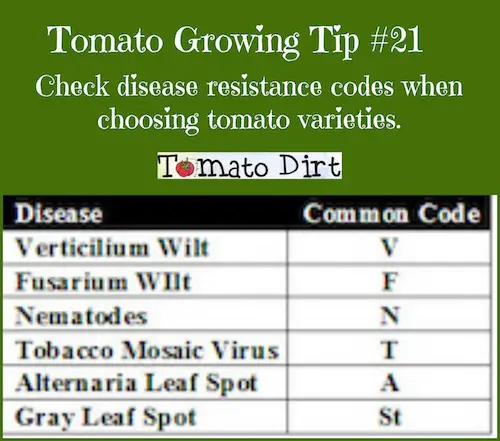 |
Image: Tomato Dirt |
Get more tips for growing tomatoes on our Tomato Growing Tips Pinterest board.
Fun and Colorful Tomato Collections to Try
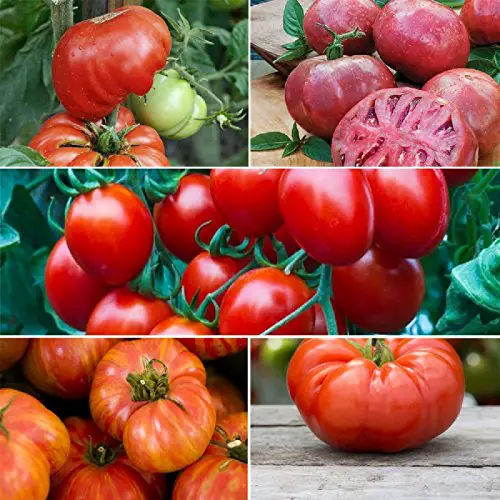 | 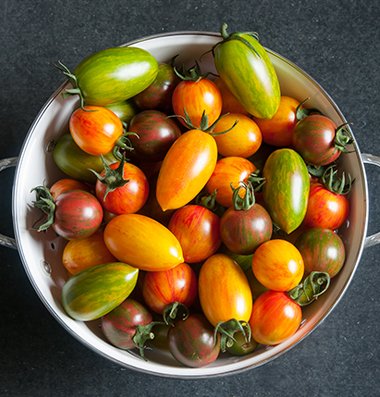 | 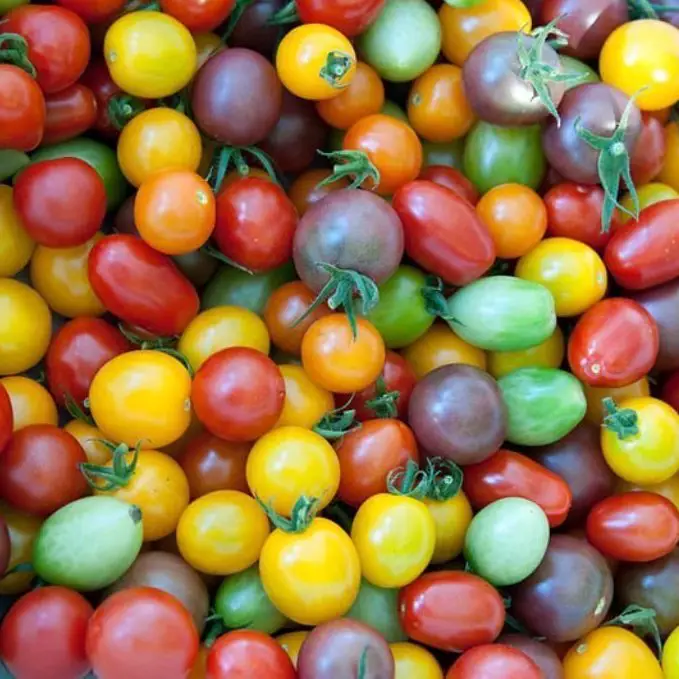 |
|---|---|---|
| Heirloom Tomato Seeds and Plants from Eden, others: one or assortments | Tomato Seed Collections from Artisan Tomatoes and other Specialties | Cherry Tomato Mixes: Red and Colors Beyond! |
More Tips for Choosing Tomato Varieties for Your Garden
That’s it for now. More next time.
Until then, happy gardening!
![]()
Kathy with Tomato Dirt
www.tomatodirt.com
Find us on Facebook!

